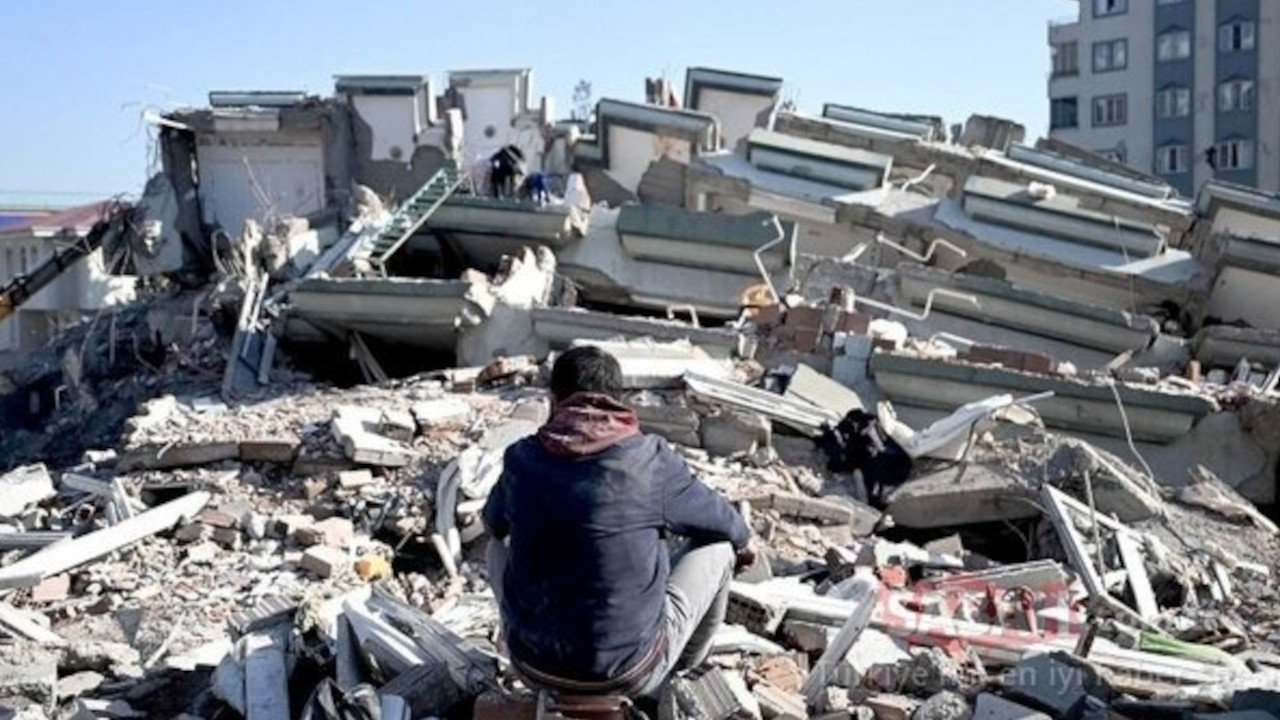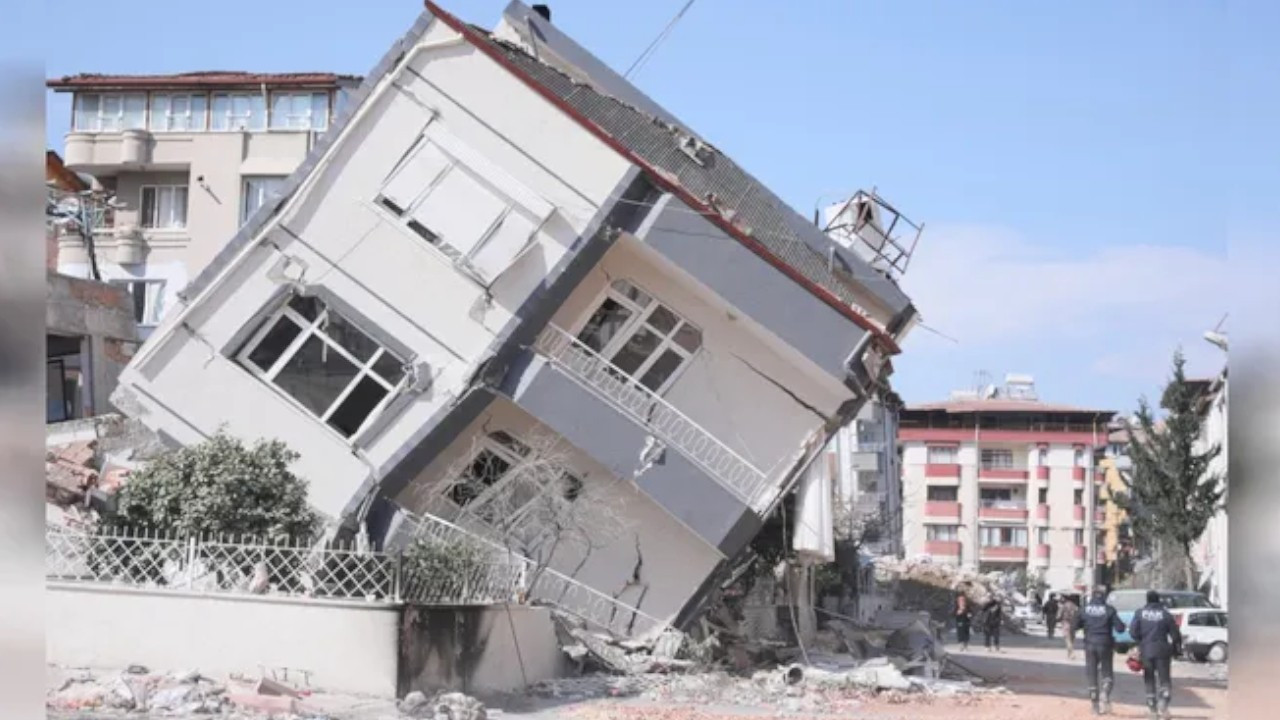No shroud, no ceremony, no identity: Burial with olive and myrtle branches in quake-hit Hatay
As the second week of the devastating earthquakes centered in southeastern Turkey comes to an end, olive and myrtle branches are left on the graves of those buried en masse. The death toll increases every day dramatically while most of the bodies are not buried with traditional ceremonies and are not wrapped in shrouds ("kefen") as is the custom.
Ceren Deniz - Kadir Cesur / Gazete Duvar
Traumatic experiences of people who want to bury their dead relatives have been continuing in the second week of the major earthquakes that hit southeastern Turkey on Feb. 6.
While search and rescue operations are still continuing in some areas, hopes of rescuing survivors from the rubble have begun to fade. As of Feb. 19, the death toll reached 40,642, and it is expected to rise further.
The gravestones are made of low-quality wooden, with the victims' names written on them. But for many of them, there is not even a name since the bodies have not been identified. In that case, a number is being placed at the graves, as new ones are dug continuously.
It is the custom in Turkey for the dead bodies to be washed and put in a shroud ("kefen") before being placed into the grave. Nonetheless, families have been saying that their beloved ones' bodies are not buried with traditional ceremonies and are not washed. They are usually put in a bag or blanket and buried in mass graves.
In each cemetery, long lines of bodies are buried side by side with relatives standing in mourning. Olive and myrtle branches are put on the graves as a sign of respect.
(English version by Can Bodrumlu)

 On 12th day of quakes, heating and accommodation problems not overDomestic
On 12th day of quakes, heating and accommodation problems not overDomestic Erdoğan last year cancelled 'risky' status of demolished neighborhoods in quake-hit HatayDomestic
Erdoğan last year cancelled 'risky' status of demolished neighborhoods in quake-hit HatayDomestic